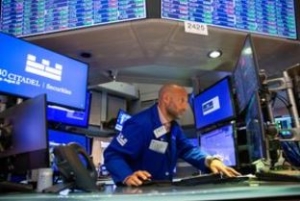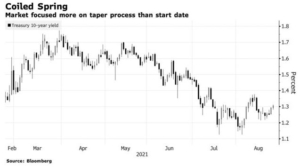What’s in Today’s Report:
- Technical Update: Key Support and Upside Targets for the S&P 500
Markets are trading with a risk-on tone this morning after some positive Evergrande developments while focus continues to shift to the conclusion of today’s Fed meeting.
Evergrande announced overnight that the company would not default on a bond payment due tomorrow (but details were vague) while the PBOC injected 120B yuan of liquidity into the system helping ease financial conditions overnight.
Today there is one economic report due out early: Existing Home Sales (E: 5.90M), but the primary market focus will be the FOMC Meeting Announcement (2:00 p.m. ET) followed by the Fed Chair Press Conference (2:30 p.m. ET).
With regard to the Fed, any outcome that meets our “What’s Expected” or “Dovish If” outcomes from yesterday’s FOMC Preview will likely trigger a further relief rally while a “Hawkish If” scenario has the potential to spur another wave of elevated volatility with a high likelihood of stocks testing Monday’s lows.








